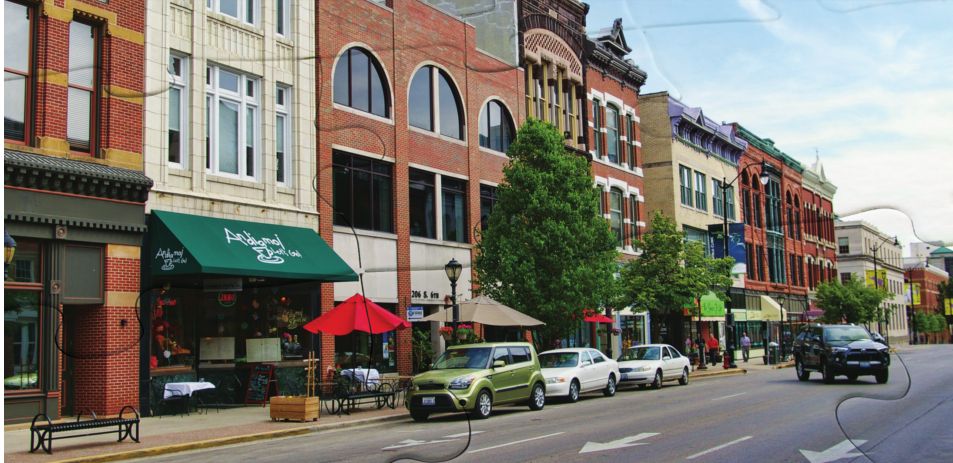
 LETTERS
LETTERS
We welcome letters. Please include your full name, address and telephone number. We edit all letters. Send them to [email protected].
THE TIF PUZZLE If you’re wondering who, if anybody, will make an argument against extending the downtown TIF, Sen. Andy Manar has been making a strong and convincing one since he got to the Senate. For a stunning twist of irony, Sen. Manar is also the legislator tabbed by Mayor Jim Langfelder to sponsor legislation to extend the downtown TIF for another 12 years.
A Tax Increment Financing district is an artificial boundary zone in which property taxes that rise above a benchmark are captured over a specified period of time for a restricted purpose of improvements within that zone. Springfield has a few besides downtown. Some have done well. An east side TIF never accumulated enough money to count.
Since what TIFs do in a way is define puzzle pieces to a community, let’s think about puzzle pieces. TIF puzzle pieces are expected to finance themselves handsomely as dedicating tax money from withinp the TIF self-perpetuates growth and stability within the TIF. It is always hoped a successful TIF will have a positive effect upon neighboring puzzle pieces just across the boundary streets.
But if your particular puzzle piece is on the other side of the street, you can’t touch the somewhat-privatized TIF money and will have to beg for funding out of general community revenue. Among non-TIF puzzle pieces, it is entirely possible some more fortunate ones will get more funding than others, meaning some others are over-funding some more fortunate ones.
I can’t see anything wrong with a city making prudent decisions about where best to spend money for the greatest impact. Which is why I also observe that nothing prohibits a city from accumulating and dedicating revenue to an economic zone on a projectby-project basis, even without formal TIF designation.
TIF also accumulates revenue that would have gone to school districts and other local taxing bodies. Extending the downtown TIF would leave cash-struggling District 186 without relief for another 12 years. However, the city just bought them off with a multimillion-dollar ransom payment for their TIF support.
Spending anticipated TIF funds to buy off non- TIF support could make you wonder, why TIF? Why not balance a budget and make good community investments across the entire picture instead of just certain puzzle pieces?
Sen. Manar has looked at school districts as puzzle pieces on a state map. Due to Illinois’ school funding formula, school districts are like TIFs in that tax revenue captured in one is primarily dedicated to that one. As real estate brokers whisper but never shout, it’s good to be in the right one.
Property-rich school districts casually tax themselves at low or lower rates and still compile large sums of school funding to cover everything from band to college electives. Property-poor school districts are compelled to tax themselves at exorbitantly high rates and still cannot come up with funds to decently run a full-service school.
This hard-line boundary approach is wrong because funding is too restrictive and benefits are too injudiciously distributed. Sen. Manar is right to recognize that apportioning portions will deliver great value to underfunded recipients without appreciable harm to over-funded donors.
Sen. Manar declares he’s open to quibbling about process specifics and details as long as we share an understanding the boundary restrictions have to be softened. Now, how is that any different than saying maybe some TIF windfall should be spread around to neighborhoods that support TIF zones with their patronage?
There are TIF success stories and a desire to duplicate them. Downtown is important. Should we also consider that Springfield will achieve a net negative if downtown continues its transition to a modern, urban zone while every interior neighborhood surrounding it, except maybe Enos Park, marches steadily toward more blight and under-utilization?
So far, I’m more in tune with Sen. Manar’s idea that it’s time to figure out a new formula – one that connects more pieces in the puzzle. John Levalley Springfield